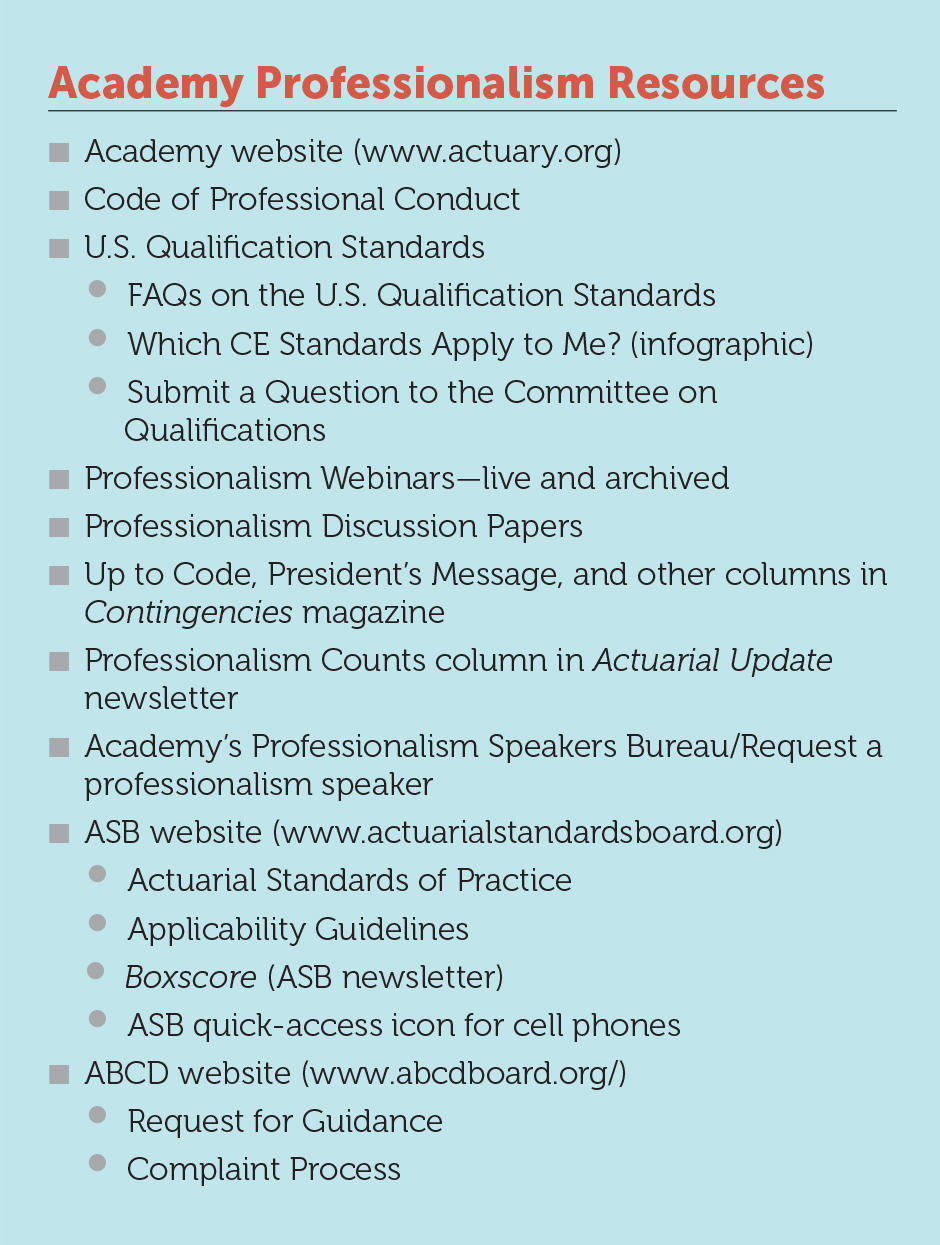By D. Joeff Williams
I recently read a book about archery that made me think about how complex the apparently simple act of hitting a target is. A skilled archer can often hit the bull’s-eye when the target is close. But, the farther away the archer stands from the target, the more the number of factors that the archer has to take into account grows, and the chance of missing the target grows with it. A skilled archer has to think about distance, wind speed and direction, the strength of the pull and release, the arc of the arrow’s descent, the weight of the arrow, and other physical variables, not to mention internal factors—competitive pressure, the presence of a coach or an audience, and how the archer happens to be feeling that day. Hitting a target from a distance is not easy, and it requires the full engagement of even a skilled archer.

Reading the book about archery made me think about the complexity of the charge of the Council on Professionalism (COP)— “To foster members’ desire to maintain professionalism in daily practice and provide members the tools to do so”—and the level of engagement that is required to hit the COP’s target. The charge is complex because our target is nothing less than the successful promotion and maintenance of high standards of professionalism among practicing actuaries. The COP is a liaison body made up of representatives from the Academy’s professionalism bodies—the Actuarial Standards Board (ASB), Actuarial Board for Counseling and Discipline (ABCD), the Committee on Qualifications, the Joint Committee on the Code of Professional Conduct—and other Academy professionalism committees and practice councils, as well as representatives from the other U.S.-based actuarial organizations. The COP was created to facilitate coordination on this fundamental challenge of engagement because the Academy realized that it was not enough for us to have created standards, standard-setters, and a professional discipline process. Individual actuaries need to embrace professionalism in their daily practices and work individually and collectively to strengthen the work and activities that define professionalism. The COP’s target is the desk of each and every practicing actuary throughout the United States. This is a tall order.
During my tenure as the Academy’s vice president for professionalism, the Council has focused its efforts on pursuing our charge by addressing the challenge of engagement with practicing actuaries. The reason we focus on fostering the desire of individual actuaries to put professionalism into practice is that experience has clearly shown us that the process the profession uses to work through challenges that arise—new or revised standards, promoting the availability of the counseling process, transparent discipline, and the like—are indeed providing more arrows for our quivers. But our professionalism structure—the foundation of our ability to self-regulate—would not be able to address challenges if individual actuaries did not know about professionalism or actively maintain it in their daily practices. Simply put, no archers means no archery.
As I thought through the elements of the COP charge—fostering actuaries’ desire to act as professionals, maintaining professionalism in daily practice, and providing tools to do so—it struck me that the required level of engagement necessary for success is multifaceted and enduring. Through its educational societies, the professionalism infrastructure provided by the Academy, and other actuarial membership organizations, the profession should engage with individual actuaries and encourage them to uphold “the professional and ethical standards with which an Actuary must comply in order to fulfill the Actuary’s responsibility to the public and to the actuarial profession,” as stated in the Code of Professional Conduct (Code). Individual actuaries engage with professionalism by adhering to the Code; by getting the basic education, experience, and continuing education needed to comply with the U.S. Qualification Standards; by complying with the actuarial standards of practice (ASOPs) applicable to their assignments; and by cooperating with and, if necessary, reporting violations to, the ABCD.

The profession owes it to individual actuaries to provide tools that will facilitate a high level of individual engagement in professionalism. Individual actuaries owe it to the profession to take advantage of these tools and hold themselves “to the high standards of conduct, practice, and qualifications of the actuarial profession, thereby supporting the actuarial profession in fulfilling its responsibility to the public.”[1] And, as we all know, this concept is a moving target. The world is not standing still. Standards evolve. Laws and regulations change. Technology pulses forward. Each actuary is moving through his or her career. The engagement of the profession and the individual actuary necessary to maintain a high standard of professionalism is a long, ongoing, and (hopefully) mutually reinforcing conversation. It is the path that we all must walk to ensure our profession’s continued success.
Over the past two years, as VP for professionalism, I have tried to emphasize outreach to practicing actuaries as a way to help promote the type of engagement that I hope will lead to the continued success of the profession. The Council has undertaken several initiatives to further this objective. The COP has made a point of setting aside time in different locations to invite local practicing actuaries to our meetings and have face-to-face discussions with them about what professionalism means to them, how they maintain professionalism in their daily practice, and whether they know about and use the professionalism tools that the Academy provides. These conversations inform the Council about the context in which individual actuaries experience professionalism and the circumstances that facilitate their putting professionalism into practice. Some insights we gained into the ways in which local practicing actuaries perceive professionalism and try to maintain it in their daily practices are as follows:
Meetings With Local Practicing Actuaries: Important Takeaways
- Practicing actuaries generally recognize that the actuarial profession is self-regulated and that actuaries need to hold themselves accountable for complying with standards of conduct, qualification, and practice.
- Professionalism is an important and positive element in the way that actuaries are perceived within an organization. A commitment to professionalism helps actuaries to be perceived as professionals with high integrity and an ethical compass.
- For in-house actuaries, company culture has an important impact on professionalism. The drive to follow qualification and practice standards is strongest when there is a commitment from the top down.
- For actuaries working in small groups or alone, the commitment to professionalism is self-driven, and it is important to get perspectives from other actuaries. Attending conferences with other actuaries helps them to maintain professionalism.
- It can be challenging for junior actuaries to acquire professionalism education, which they typically obtain just before receiving their credentials. Reaching out to students and other junior actuaries would be helpful.
- Academy resources are important to maintaining professionalism. While actuaries tend to be aware of the Code of Professional Conduct, the ASOPs, and the U.S. Qualification Standards, fewer were aware of tools such as the Applicability Guidelines, the USQS Attestation Form, the FAQs on the U.S. Qualification Standards, and the ASB’s website for mobile devices. There is always scope for improving knowledge of the tools available on the Academy website.
Examples of Promoting Professionalism Within an Organization
In addition to outreach to local practicing actuaries, at the end of 2017, COP members leveraged their own professional contacts and reached out to chief and supervising actuaries, asking them about professionalism in their respective organizations. Some of the practices they shared with us included the following:
- Set high expectations.
- Have specific policies and procedures in place to ensure professionalism objectives are met.
- Provide opportunities for actuaries to have good conversations and bounce ideas off each other.
- Have an internal escalation process so that actuaries can obtain guidance from experts in the event they need guidance of either a technical or professional nature.
- Encourage people to seek the opinion of others if they have questions or face difficult situations.
- Have designated consultants available to work one-on-one with actuaries on professionalism issues.
- Facilitate in-house professionalism discussions.
- Have an actuarial community of all actuaries during which those that become experts in certain regulations educate others.
- Hold regular actuarial team calls to conduct internal discussions on new or revised ASOPs and discuss professionalism-related challenges that team members may be facing.
- Conduct group review and discussion of new or revised ASOPs.
- Track attendance at internal training sessions and follow up with individuals as needed to ensure they have the resources and support they need to remain current.
- Assign younger associates to organize and facilitate professionalism discussions and webinars. This not only keeps the topics in focus but also reinforces the importance with the less-tenured associates.
- Have credentialed actuaries prepare presentations on a particular ASOP for the actuarial department.
- Have an annual professionalism refresh.
- Host regular internal training sessions and ensure that certain sessions focus on professionalism and ethics. For example, as new ASOPs or changes to the ASOPs are adopted, provide training on the ASOP guidance and an approach to implementation.
- If work deliverables change, review them against ASOPs and the Code of Professional Conduct. If ASOPs change, review work product against the new ASOP.
- Invite external guest speakers to speak to staff, including on professionalism topics.
- Use peer review and coaching around appropriate disclosure of work product.
- Consider peer review process for deliverables, including an assessment of whether ASOPs have been met.
- Ask credentialed actuaries to build their continuing education (CE) requirement plans in advance of each year.
- Support participation in professionalism volunteer opportunities, such as ASB committees, or encourage ABCD awareness.
- Have a person whose job is dedicated to professionalism leadership.
What strikes me about this list of examples is that the chief and supervising actuaries with whom we spoke are doing a lot of good thinking about how to foster a “culture of professionalism” in their respective organizations. There is no cookie-cutter way to do so. The practices in the above list range from informal to formal and from talking to doing. To me, the most important results of this exercise are that the COP has had an opportunity to see examples of individual actuaries engaging with professionalism up close, to bring these ideas back to the Council and to the Academy to help inform our future efforts, and to share these examples with the entire membership.
The COP’s outreach efforts over the past two years have also helped us formulate additional plans to deepen engagement. I am focused on promoting the wonderful tools that the Academy has already developed to promote professionalism (see sidebar) to encourage and assist all actuaries in developing a “culture of professionalism” in their organizations.
My experience as VP for professionalism has shown me that fostering professionalism is a complex undertaking that requires consistent effort and the maintenance of a substantive dialogue between the profession and individual actuaries. There is no substitute for consistently seeking to know and to better understand what actuaries are experiencing in the field and providing them the tools they need to foster and promote professionalism. It is not enough to take aim, we must also continue to focus on engaging actuaries with professionalism in order to continue to consistently hit the bull’s-eye of a healthy, prosperous, and self-regulating profession—a target we must strive to hit every working day.
JOEFF WILLIAMS, MAAA, FSA, is chairperson of the Council on Professionalism, by dint of his position as the Academy’s vice president for professionalism, and president-elect designee of the Academy.
Endnotes
[1] Code, Introduction.



